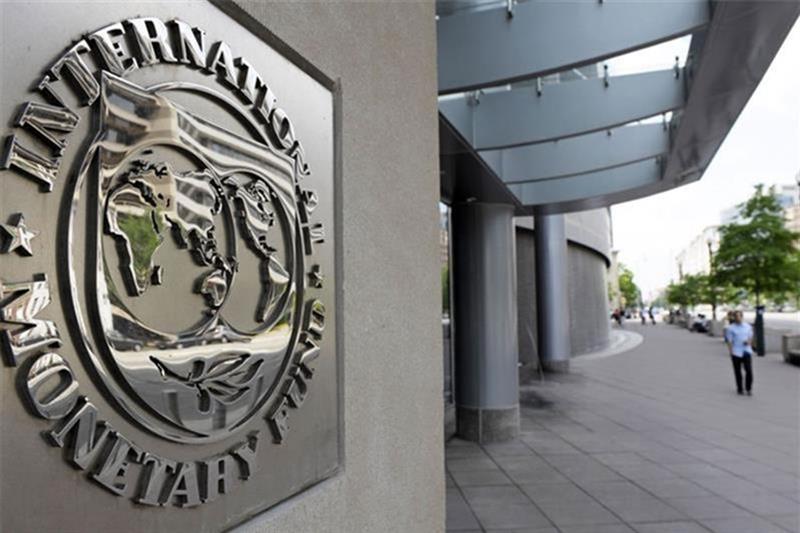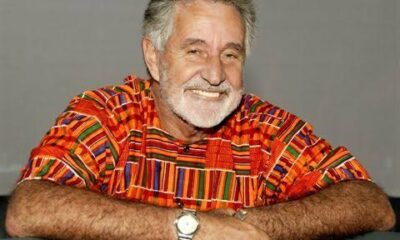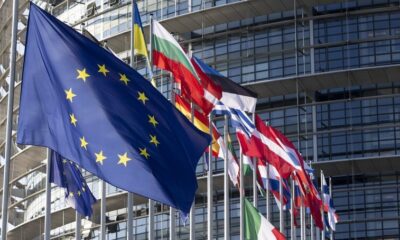Zambia’s Mines and Minerals Development Minister, Paul Kabuswe, has clarified the contents of a private jet seized by the Drug Enforcement Commission (DEC) on Tuesday.
Contrasting earlier local reports that the plane was carrying $5.7 million in cash, 602 pieces of suspected gold bars, and five pistols with 126 rounds of ammunition, the minister clarified on Wednesday that minerals among the seized items were actually copper zinc, nickel and tin.
Nason Banda, the director general of DEC has revealed on Tuesday that more than $5 million (cash), five pistols, seven magazines, 126 rounds of ammunition, 602 suspected pieces of gold weighing 127.2 kilograms, and gold-measuring tools were seized after DEC received information that “a chartered aircraft carrying dangerous goods had landed at Kenneth Kaunda International Airport on August 13, 2023, at 19:00 hours”.
Kabuswe, while addressing journalists in Lusaka, stated that laboratory analysis by the Geological Department established that the seized minerals from KKIA were not gold but copper, nickel, tin and zinc.
The minister revealed that a team from the Geological Department in his Ministry assigned to ascertain if the minerals seized were actually gold confirmed the development.
“After a comprehensive analysis, it was discovered that the alleged gold bars contained copper in the range of 58 to 61 per cent and zinc in the range of 38 to 41 per cent, as well as trace amounts of tin and nickel,” Kabuswe said.
Zambia is one of the largest mineral resource bases in Africa; it is the eighth-largest copper producer in the world, and it is endowed with other mineral wealth that includes cobalt, gold, nickel, lead, silver, uranium, zinc, and numerous precious and semi-precious stones.
While all the facts surrounding the recent seizure are yet to unfold as the investigation continues, illegal activities in the mining sector have remained a challenge for the Zambian government.
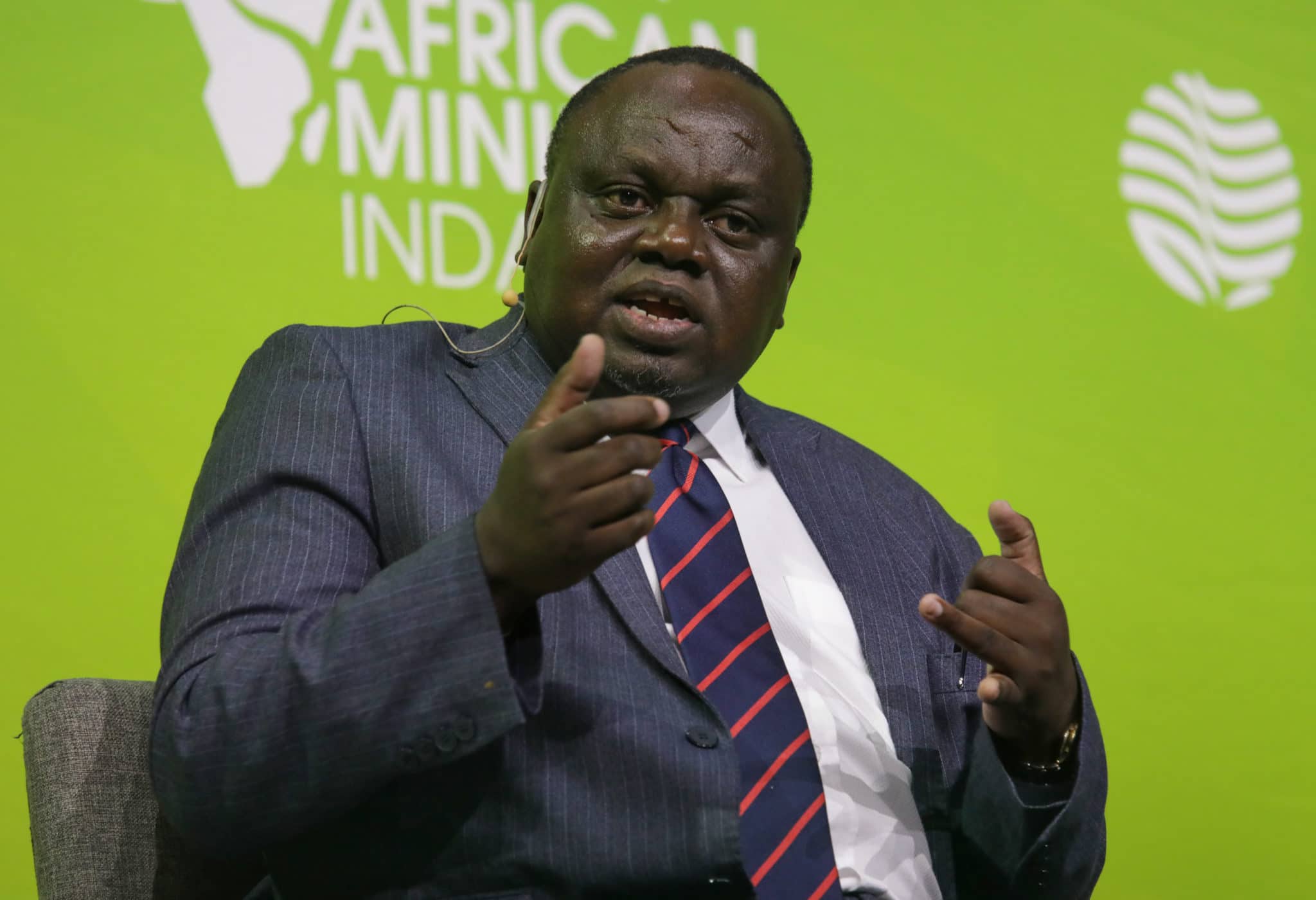

 Metro2 days ago
Metro2 days ago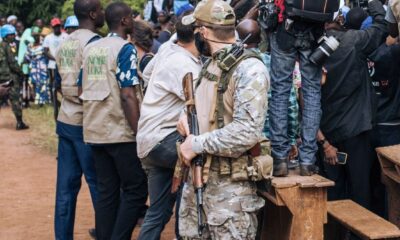
 Politics1 day ago
Politics1 day ago
 Metro2 days ago
Metro2 days ago
 Sports2 days ago
Sports2 days ago











